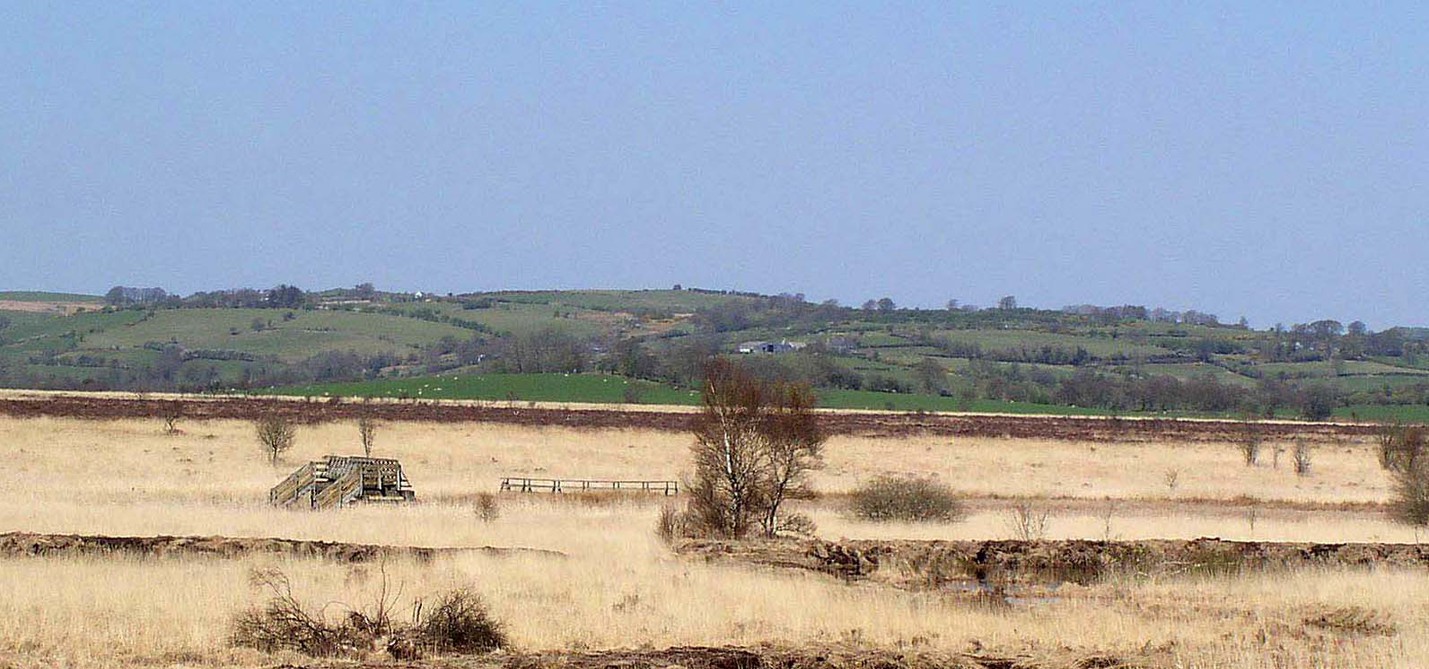Non-Photosynthetic Vegetation (NPV) is defined as the vegetation cover which does not take part into photosynthesis process. It is composed of the dormant, senescent or dead vegetation, as well as the woody parts of plants (trunks, stems and branches). Most of the time NPV is located under a photosynthetic canopy.
Because NPV has an impact on a large number of Earth processes, assessing NPV cover is important for climate and ecosystem monitoring. As an example, NPV affects the carbon, water and nutriment fluxes, controls the frequency and intensity of fires, reduces soil erosion, and serves as wildlife habitat. Thus, it is a key variable for various fields such as climatology, ecology, hydrology, etc.
NPV can be identified from ground observations (see here). However, sensing NPV over large areas from satellite/airborne sensors is currently quite challenging.
Unit: Ratio or percentage

